Solutions
Products
-
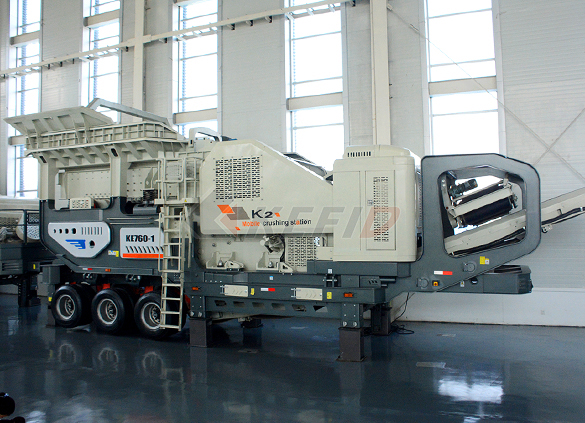
Primary mobile crushing plant
-
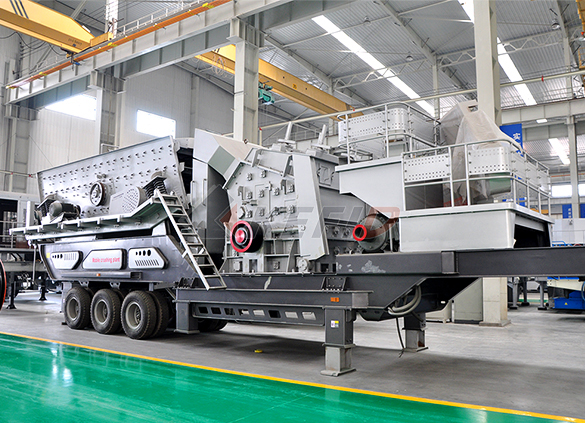
Independent operating combined mobile crushing station
-
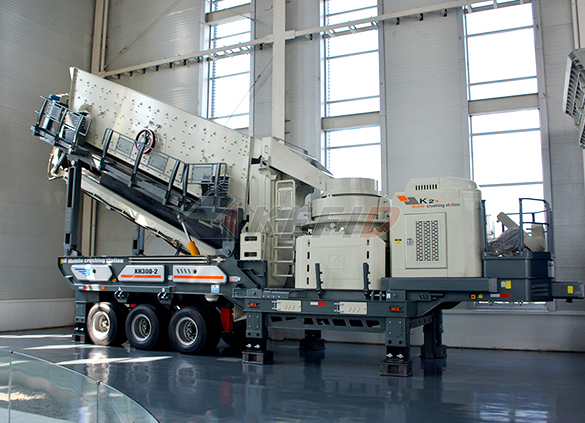
Mobile secondary crushing plant
-
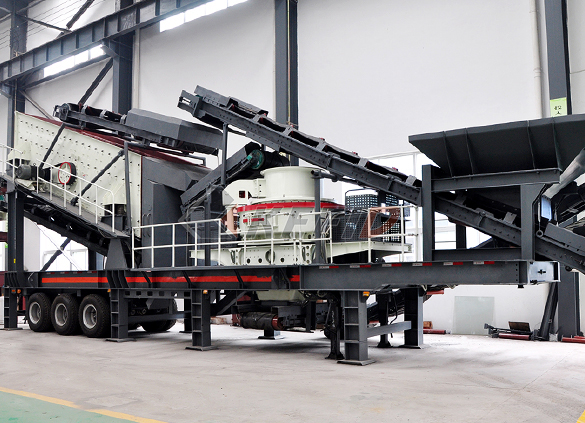
Fine crushing and screening mobile station
-
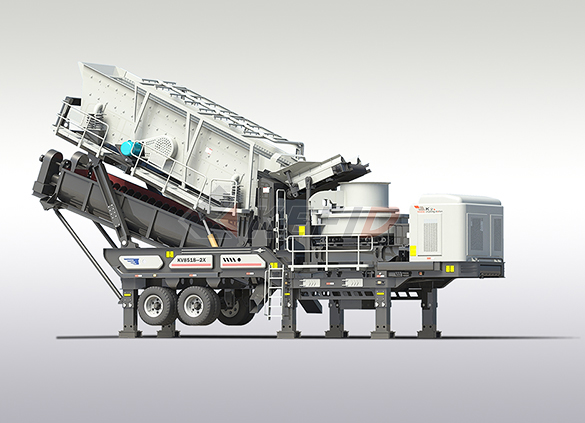
Fine crushing & washing mobile station
-
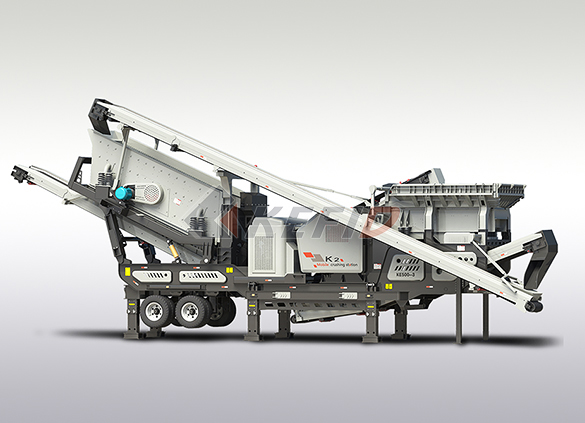
Three combinations mobile crushing plant
-
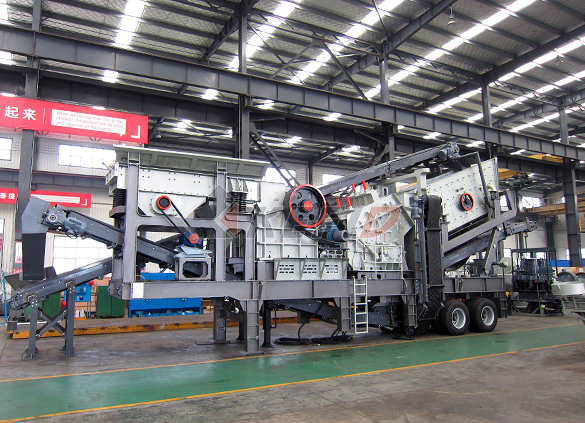
Four combinations mobile crushing plant
-
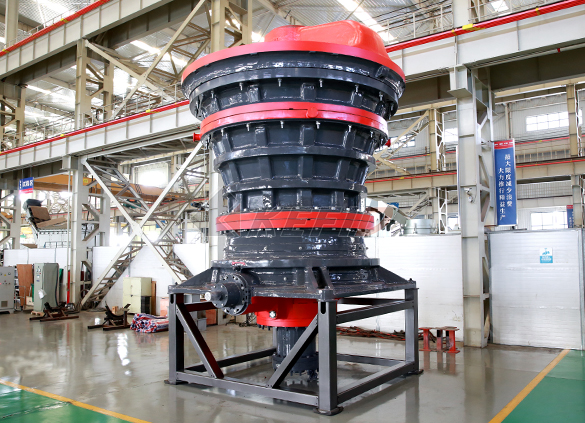
HGT gyratory crusher
-
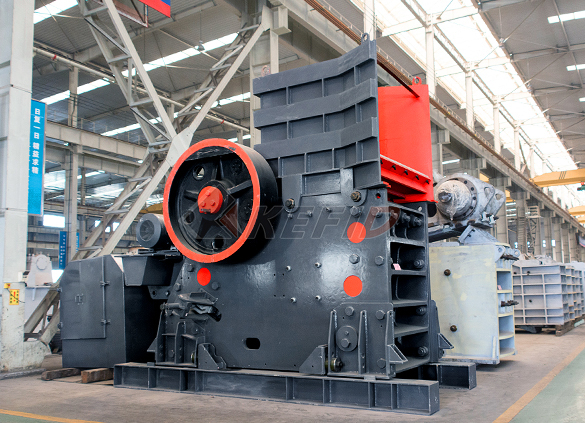
C6X series jaw crusher
-
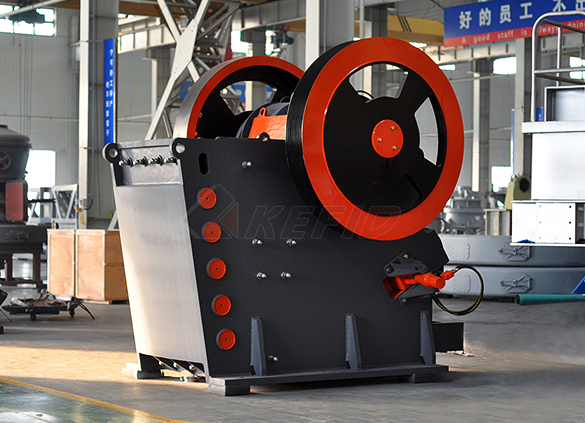
JC series jaw crusher
-
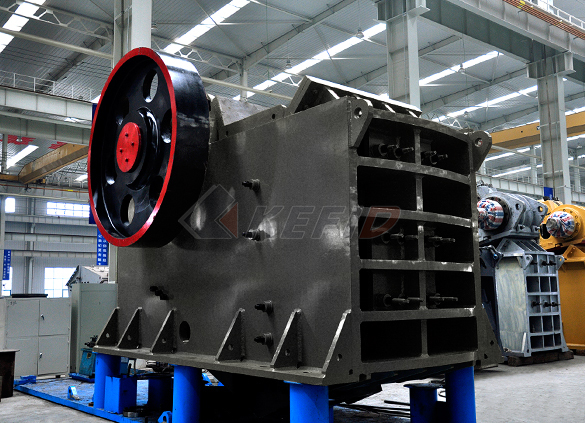
Jaw crusher
-
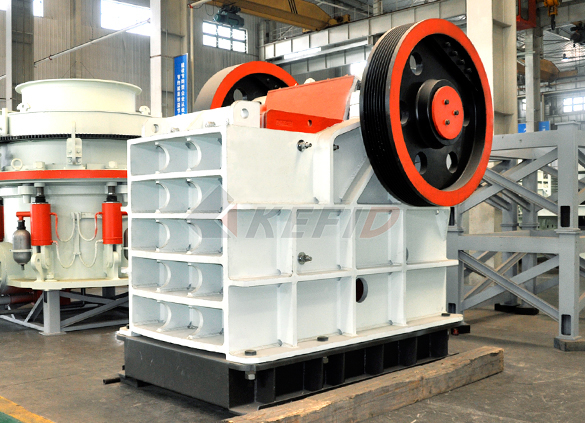
HJ series jaw crusher
-
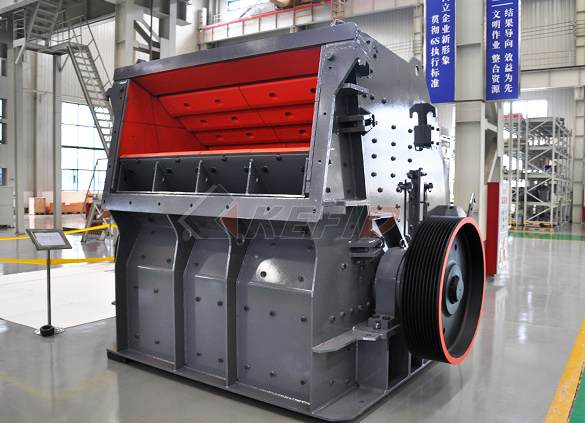
CI5X series impact crusher
-
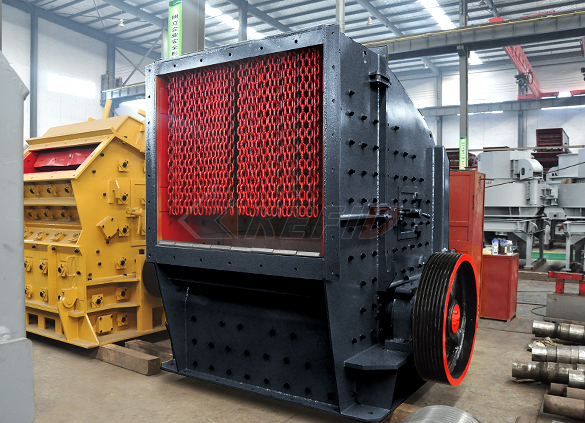
Primary impact crusher
-
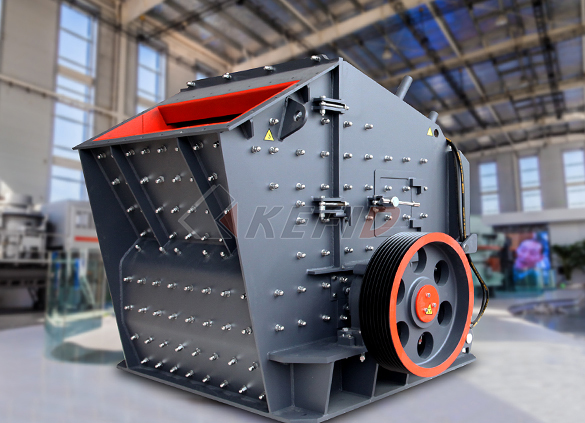
Secondary impact crusher
-
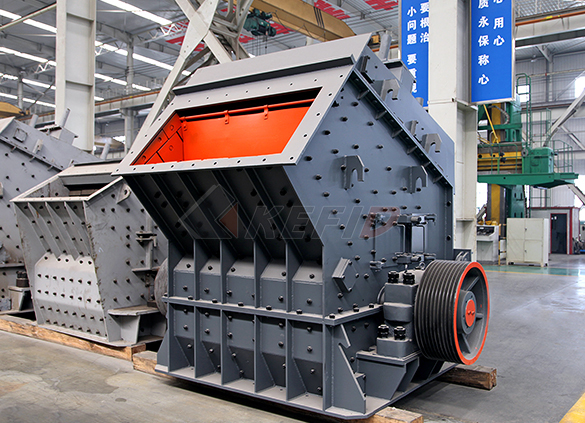
Impact crusher
-
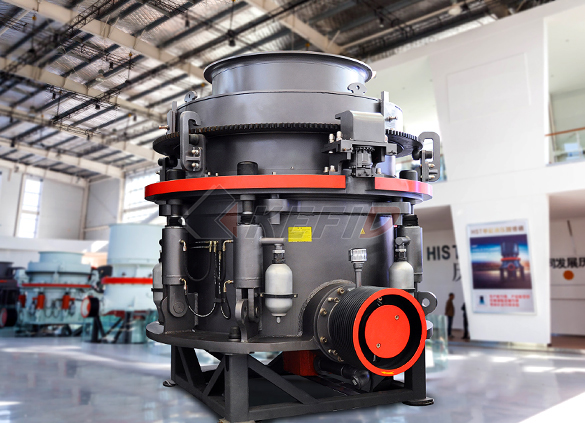
HPT series hydraulic cone crusher
-
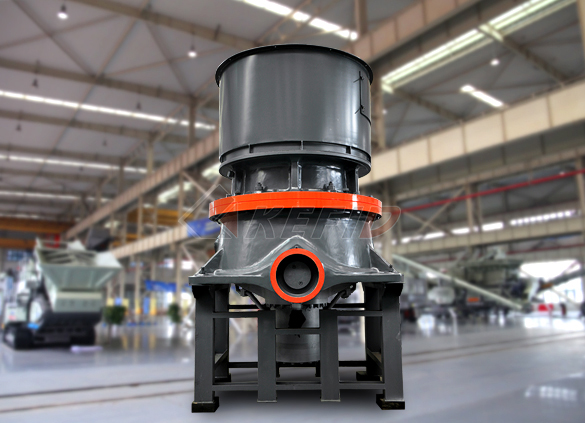
HST hydraulic cone crusher
-
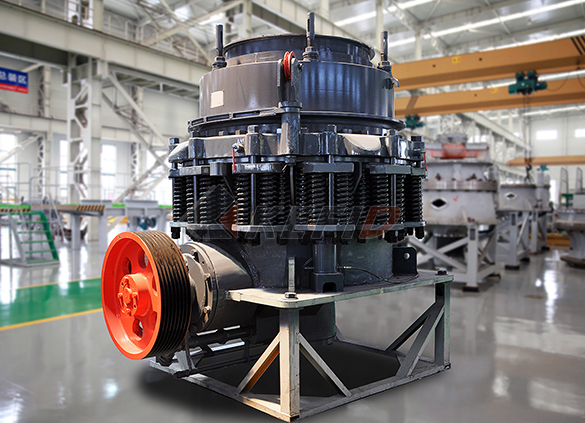
CS cone crusher
-
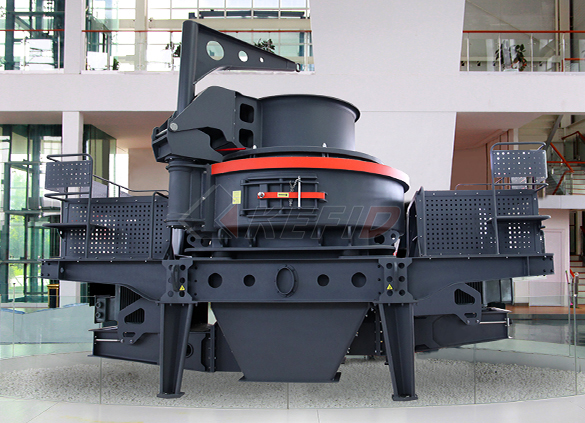
VSI6S vertical shaft impact crusher
-
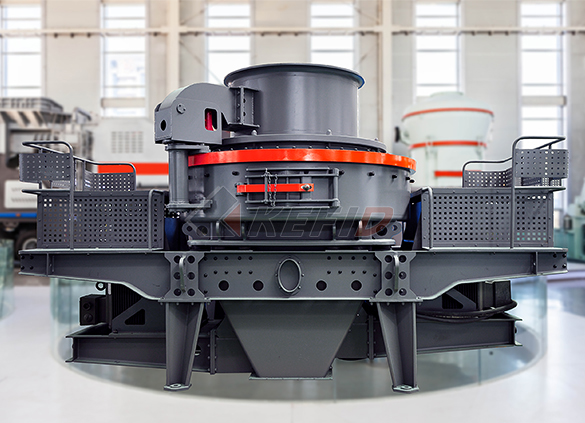
Deep rotor vsi crusher
-
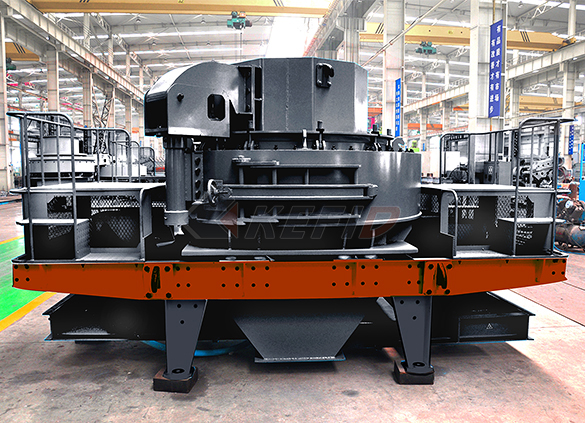
B series vsi crusher
-
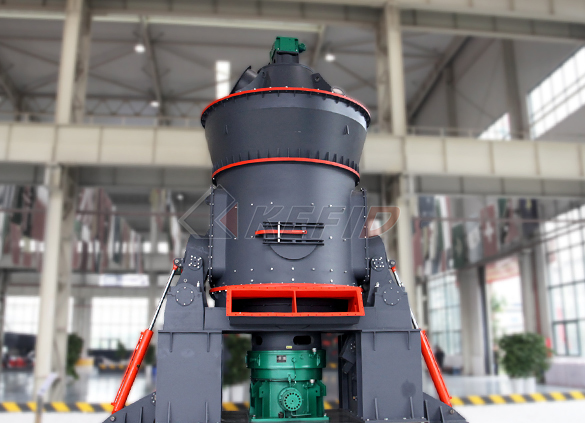
Vertical grinding mill
-
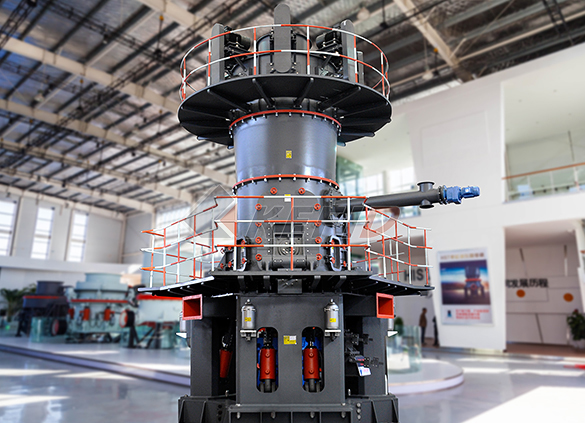
Ultra fine vertical grinding mill
-
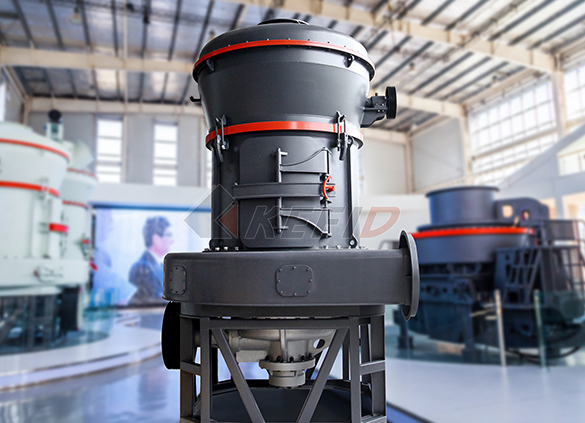
MTW european grinding mill
-
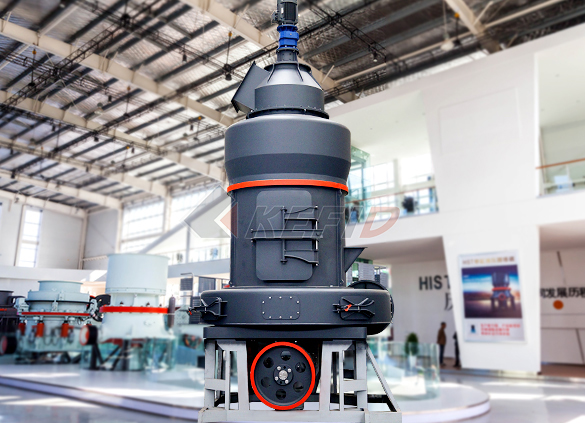
MB5X158 pendulum suspension grinding mill
-
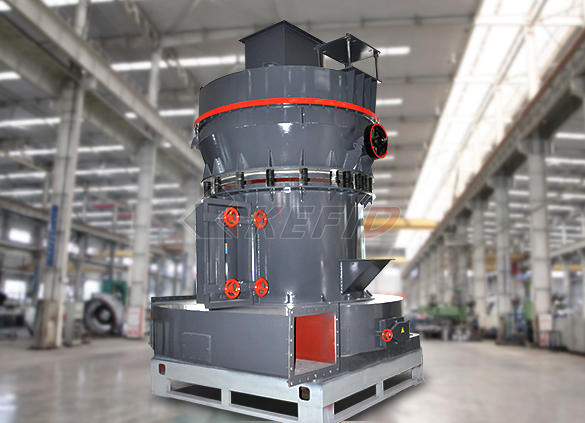
Trapezium mill
-
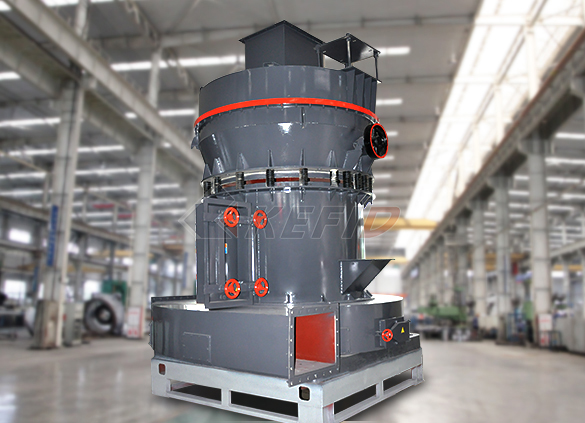
T130X super-fine grinding mill
-
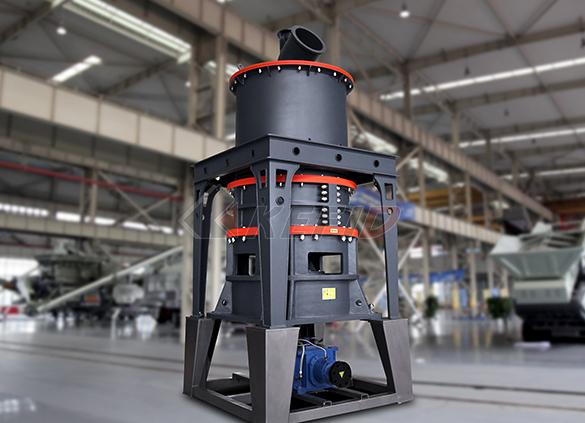
Micro powder mill
-
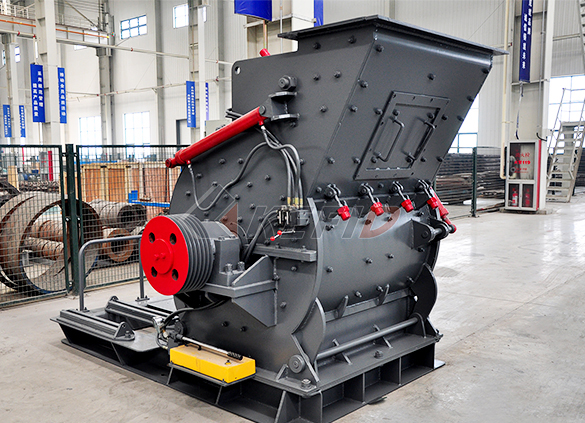
European hammer mill
-
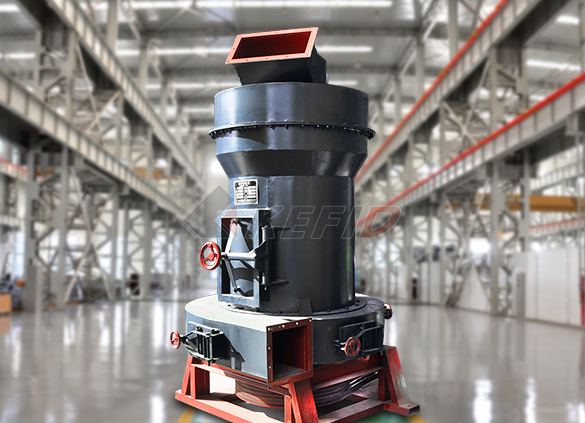
Raymond mill
-

Ball mill
-
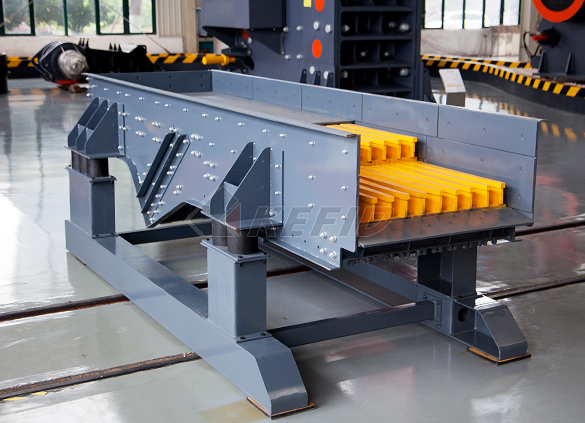
GF series feeder
-
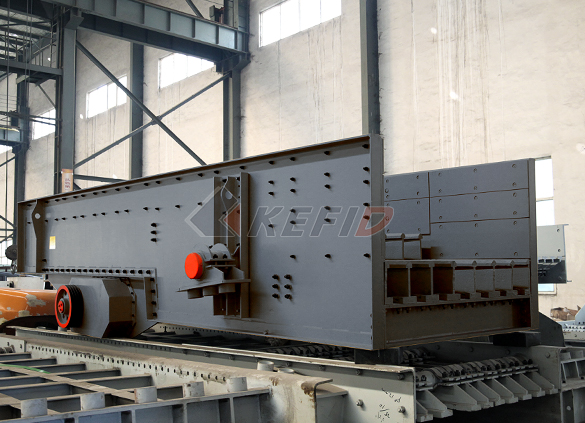
FH heavy vibrating feeder
-
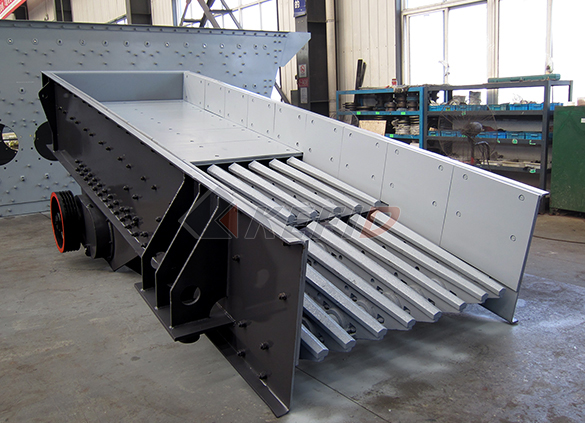
TSW series vibrating feeder
-
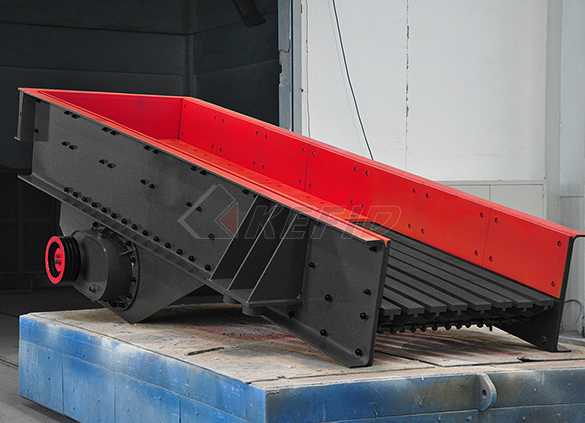
Vibrating feeder
-
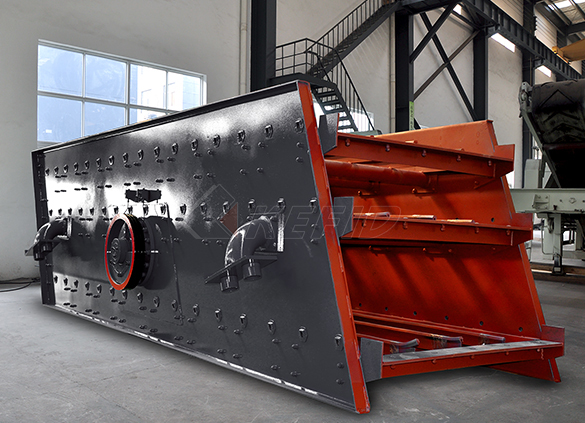
Vibrating screen
-
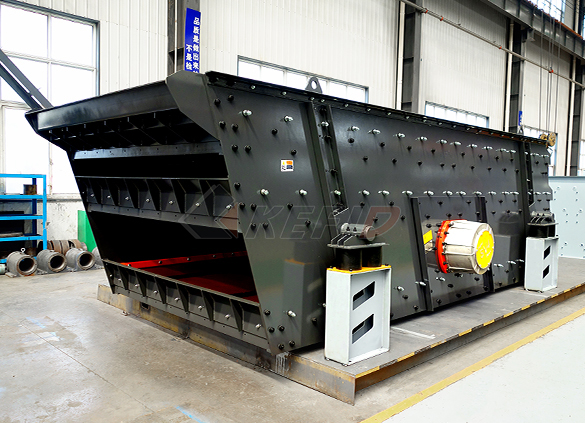
S5X vibrating screen
-

Belt conveyor
-
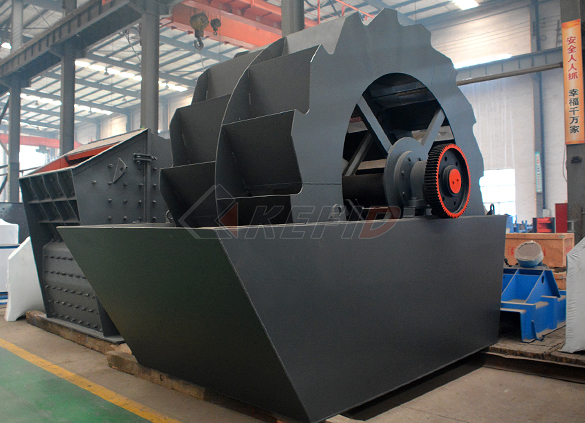
Wheel sand washing machine
-
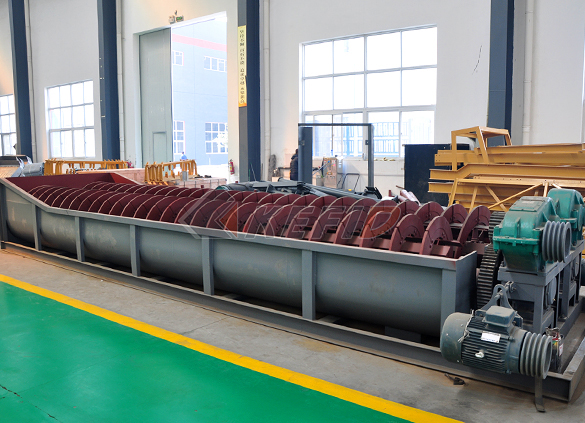
Screw sand washing machine
-
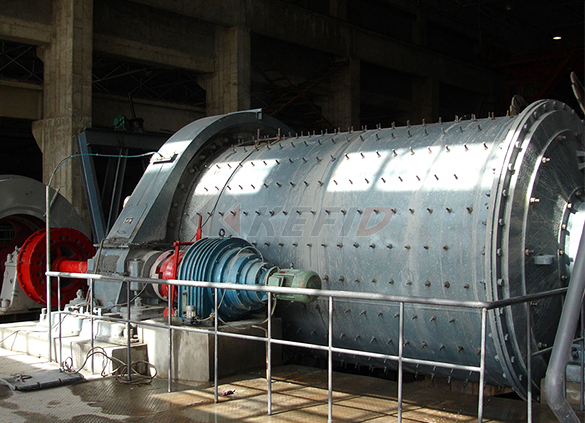
Rod mill
-

Dryer
-
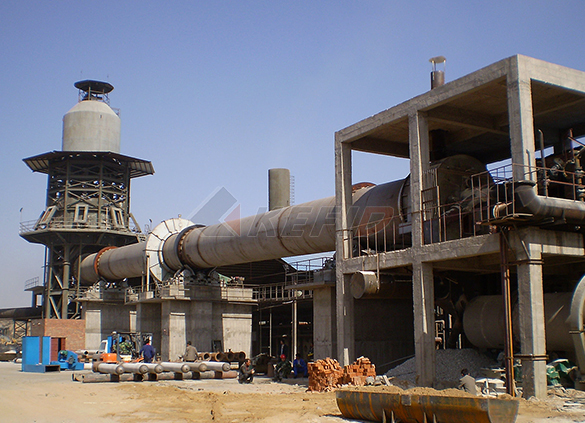
Rotary kiln
-
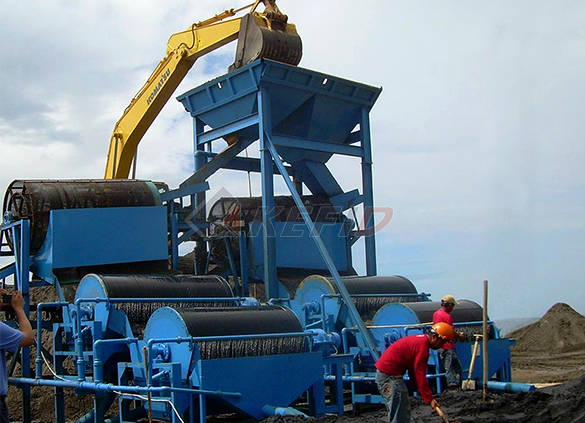
Wet magnetic separator
-
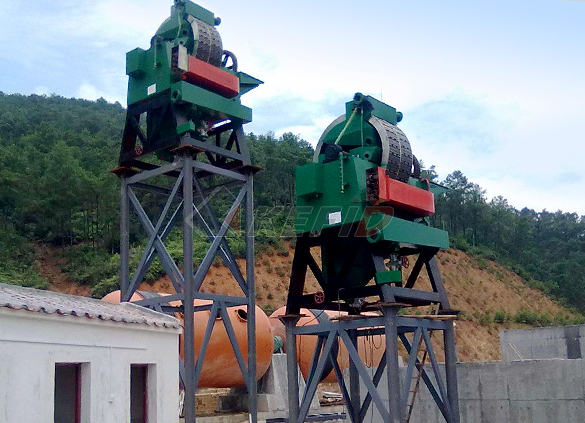
High gradient magnetic separator
-
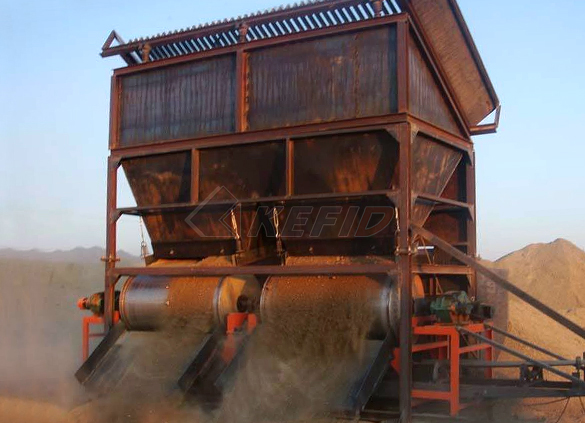
Dry magnetic separator
-
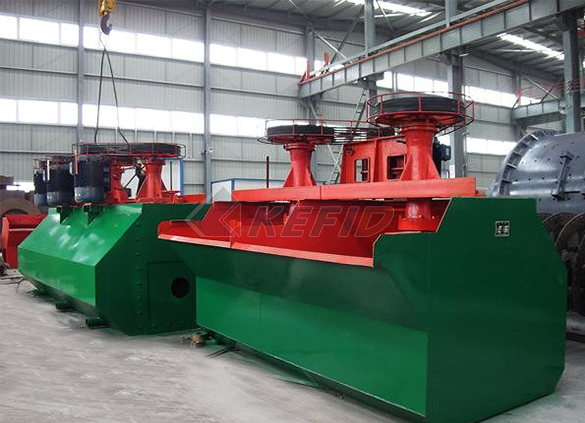
Flotation machine
-
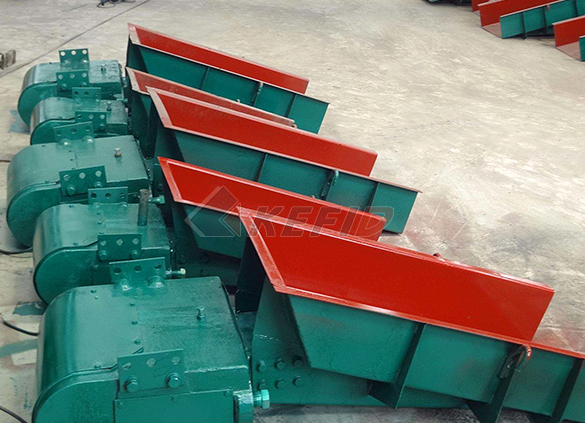
Electromagnetic vibrating feeder
-
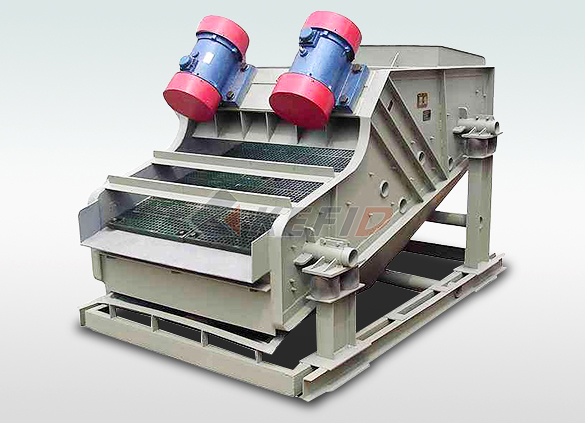
High frequency screen
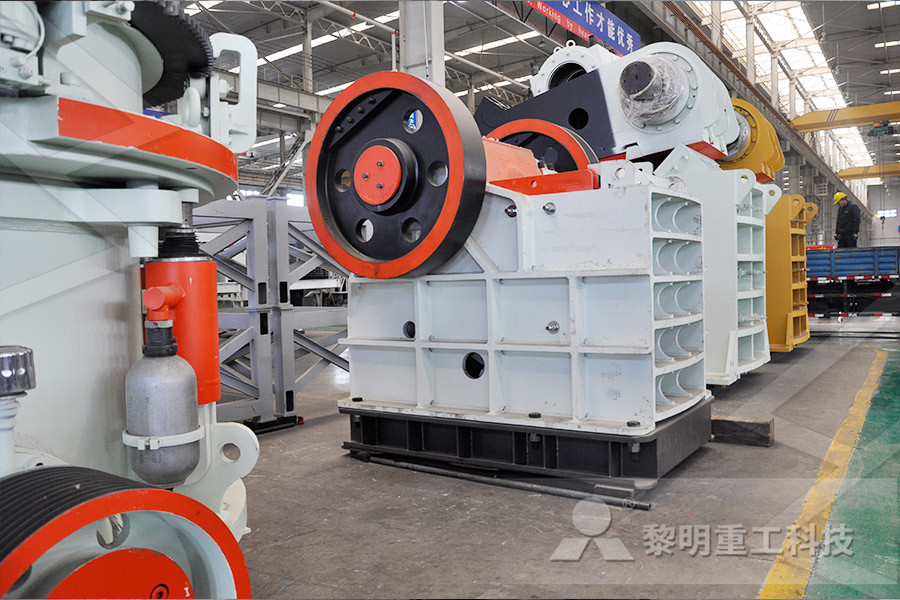
The Cement Manufacturing Process Advancing
20082015 There are more than twenty types of cement used to make various specialty concrete, however the most common is Portland cement Cement manufacturing is a complex process that begins with mining and then grinding raw materials that include limestone and clay, to a fine powder, called raw meal, which is then heated to a sintering temperature as high as 1450 °C in a cement heating the rawmix to sintering temperature (up to 1450 °C) in a cement kiln; grinding the resulting clinker to make cement (see Cement mill) In the second stage, the rawmix is fed into the kiln and gradually heated by contact with the hot gases from combustion of the kiln fuelCement kiln Wikipedia15012021 The cement manufacturing process involves several key steps, including preparing the raw materials, grinding the materials together, heating the newly formed clinker in a kiln, and finishing the cement with fine grinding Some of the main ingredients used to make cement include limestone, clay, shale, iron, and sandWhat Is the Cement Manufacturing Process? (with 13032013 for more how to concrete videos howtocement/HowToGrindConcreteGrindingCementhtmlthanks to OhioConcreteRepair for providinHow to grind a Concrete Trip Hazard, Fix Raised There are more than twenty types of cement used to make various specialty concrete, however the most common is Portland cement Cement manufacturing is a complex process that begins with mining and then grinding raw materials that include limestone and clay, to a fine powder, called raw meal, which is then heated to a sintering temperature as high as 1450 °C in a cement The Cement Manufacturing Process
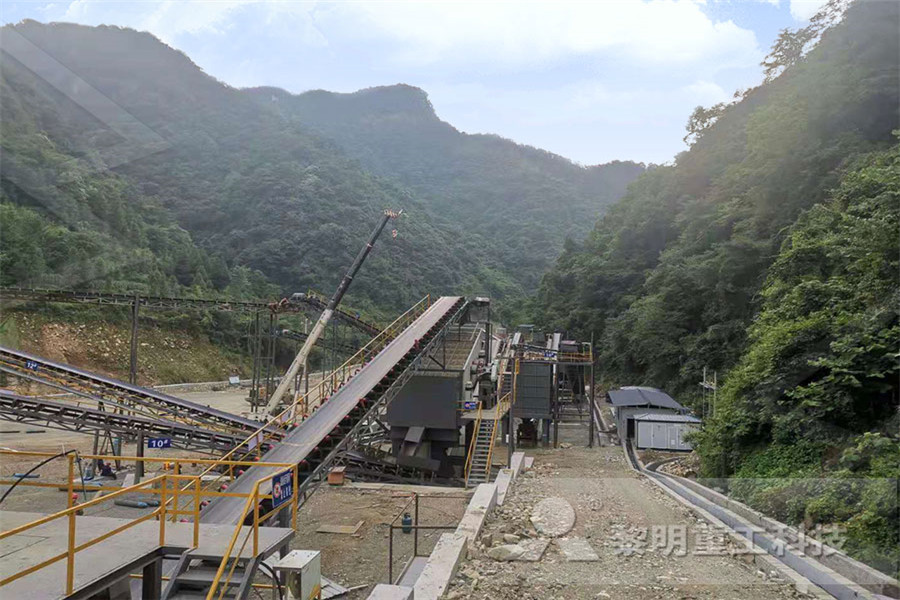
cement manufacturing
Cement grinding The clinker from the pyroprocessing area is ground in ball mills or roll press + Ball mill combination or vertical roller mills to form cement Commonly used separators are in closed circuit grinding are: O –sepa, Sepol and Sepax separators to achieve a finish cement fineness of 3000 – 4000 Blaine surface (cm2/gm)15012021 The cement manufacturing process involves several key steps, including preparing the raw materials, grinding the materials together, heating the newly formed clinker in a kiln, and finishing the cement with fine grinding Some of the main ingredients used to make cement include limestone, clay, shale, iron, and sandWhat Is the Cement Manufacturing Process? The heated air from the coolers is returned to the kilns, a process that saves fuel and increases burning efficiency After the clinker is cooled, cement plants grind it and mix it with small amounts of gypsum and limestone Cement is so fine that 1 pound of cement contains 150 billion grainsHow Cement Is MadeThe history of cement goes back into Roman Empire The modern day cement That is Portland cement was first produced by a British stone mason, Joseph Aspdin in 1824, who cooked cement in his kitchen He heated a mixture of limestone and clay powder in his kitchen, and grind the mixture into powder creating cement, that hardens when mixed with waterManufacture of Portland Cement Materials and Clinker is produced inside the kiln during the cement manufacturing process Raw mix is heated and then rapidly cooled to produce the marblesized pellets of clinker Read: Clinker Manufacturing Process Cement is produced by grinding clinker (added with different active ingredients to achieve the desired properties of cement) into a fine powder 4Difference between Clinker and Cement Civil

Manufacturing process Lafarge Cement,
Cement manufacturing is the source of 5% of global CO2 emissions The cement industry is a natural producer of CO2: 60% of emissions are due to the transformation of raw materials at high temperatures (the "decarbonation" of limestone) 40% result from the combustion required to heat the cement kilns to 1500°Heat generated in the grinding process causes gypsum (CaSO 42H 2 O) to lose water, forming bassanite (CaSO 40207H 2 O) or γanhydrite (CaSO 4~005H 2 O) The latter minerals are rapidly soluble, and about 2% of these in cement is needed to grinding unit heated fbmmenuiseriefrCement maken of liever kant en klaar cement Bij de koop van cement kun je kiezen tussen cement dat je zelf moet maken of kantenklaarcement Beton kopen Uit een zak betonmortel van 25 kilo haal je ongeveer 12 liter betonspecieGAMMA Bouwstoffen Betonmortel, cement voegmortelCement (Frans: ciment, ontleend aan het Latijnse caementum, gehouwen steen of steenslag) is een hydraulisch bindmiddel, dat wil zeggen verhardend door een chemische reactie met waterCement, dat voornamelijk uit calciumwaterstofsilicaat bestaat, is een fijngemalen materiaal dat na mengen met water een plastische massa vormt, die zowel onder water als in de Cement (bouwmateriaal) WikipediaThere are more than twenty types of cement used to make various specialty concrete, however the most common is Portland cement Cement manufacturing is a complex process that begins with mining and then grinding raw materials that include limestone and clay, to a fine powder, called raw meal, which is then heated to a sintering temperature as high as 1450 °C in a cement kilnThe Cement Manufacturing Process Advancing
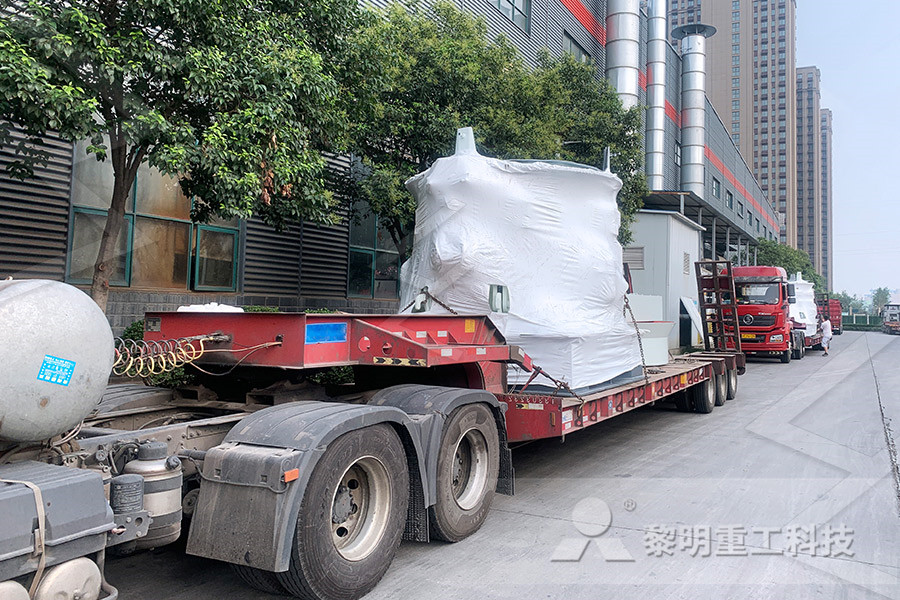
cement manufacturing
Cement grinding The clinker from the pyroprocessing area is ground in ball mills or roll press + Ball mill combination or vertical roller mills to form cement Commonly used separators are in closed circuit grinding are: O –sepa, Sepol and Sepax separators to achieve a finish cement fineness of 3000 – 4000 Blaine surface (cm2/gm)Perfect grinding produces a fine powder termed as raw meal which is preheated and sent to the Kiln The material is heated to between 1250 – 1300 degrees celcius before being dramatically cooled by burst of air in the cooler This produces the principal ingredient known as Clinker which is the basic material for cement productionThe Process Mombasa Cement15012021 The cement manufacturing process is completed when the cooled clinker is ground once again in a rotating finishing mill A combination of gypsum and limestone will usually be added in small amounts to the heated cement during this last grinding step, and coloring agents can also be added here The fineness of the finished particles will vary according to individual preferences, and the cement What Is the Cement Manufacturing Process? (with THE CEMENT MANUFACTURING PROCESS Prof Dr Elshafie Ahmed Gad Faculty of Applied Science Chemistry Dept Portland Cement Portland cement is made by mixing substances containing CaCO3 with substances containing SiO2, Al2O3, Fe2O3 and heating them to a clinker which is subsequently ground to powder and mixed with 26 % gypsum Raw Materials Necessary for Portland Cement (PDF) THE CEMENT MANUFACTURING PROCESS The heated air from the coolers is returned to the kilns, a process that saves fuel and increases burning efficiency After the clinker is cooled, cement plants grind it and mix it with small amounts of gypsum and limestone Cement is so fine that 1 pound of cement contains 150 billion grainsHow Cement Is Made
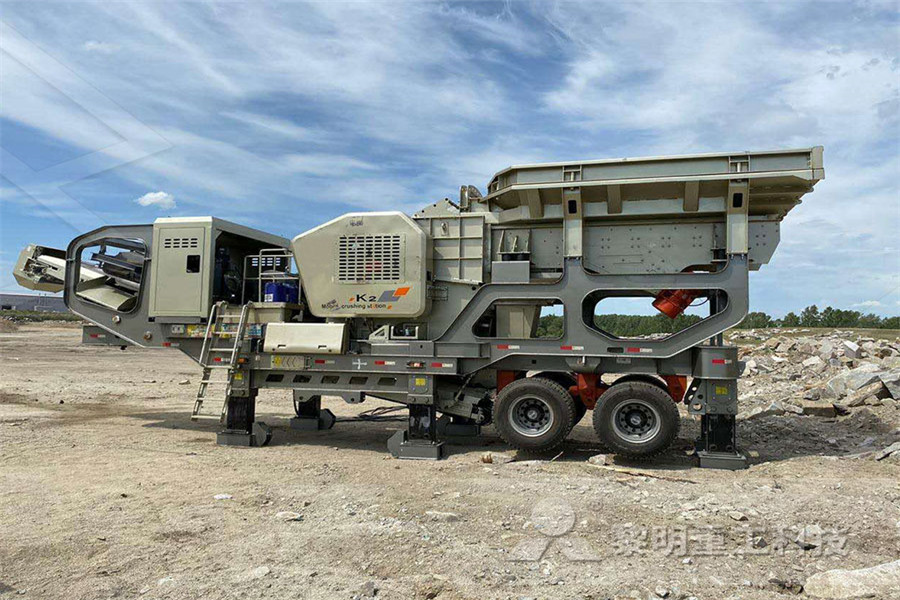
Manufacturing process Lafarge Cement,
Step 5: Cement grinding and storage Clinker and gypsum for OPC, limestone for limestone cement, and slag for slag cement are all extracted from their respective hoppers and fed to the cement mills The ball mill grinds the feed to a fine powder in two chambers, namely the first and second chambersCement maken of liever kant en klaar cement Bij de koop van cement kun je kiezen tussen cement dat je zelf moet maken of kantenklaarcement Beton kopen Uit een zak betonmortel van 25 kilo haal je ongeveer 12 liter betonspecieGAMMA Bouwstoffen Betonmortel, cement voegmortelCement vind je in het uitgebreide bouwassortiment van Praxis Vind de juiste cement voor jouw klus Bekijk, vergelijk en reserveer direct cement onlineCement kopen? Uitgebreid assortiment PraxisCement (Frans: ciment, ontleend aan het Latijnse caementum, gehouwen steen of steenslag) is een hydraulisch bindmiddel, dat wil zeggen verhardend door een chemische reactie met waterCement, dat voornamelijk uit calciumwaterstofsilicaat bestaat, is een fijngemalen materiaal dat na mengen met water een plastische massa vormt, die zowel onder water als in de buitenlucht verhardt tot een Cement (bouwmateriaal) Wikipedia